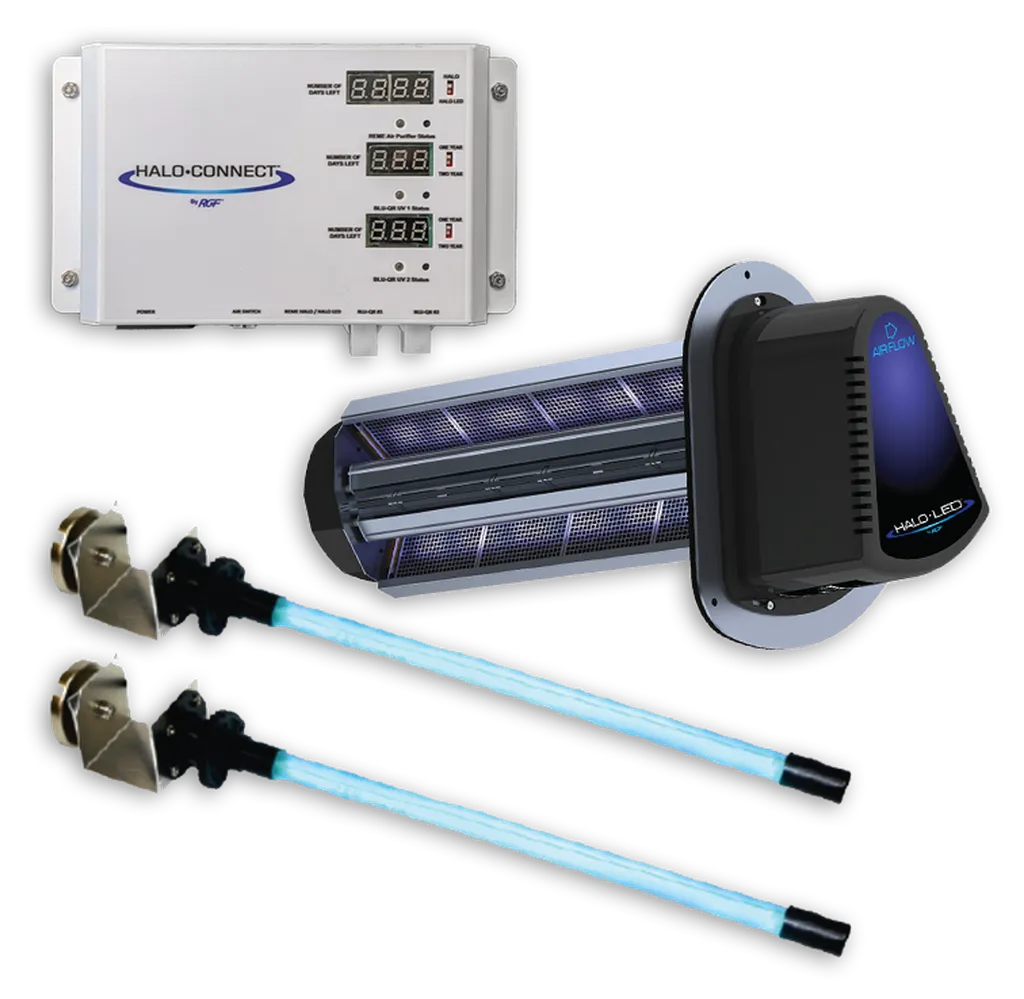In a groundbreaking development that could revolutionize indoor environmental treatment and medical textiles, researchers have created an innovative antibacterial spunbond fabric. The study, led by Widtawad Reantong, details the fabrication of polypropylene (PP) fibers embedded with silane-modified Zr/Ag co-doped TiO2 nanoparticles. This advancement, published in the journal *eXPRESS Polymer Letters* (which translates to “Rapid Polymer Letters”), opens new avenues for enhancing air and water purification systems, particularly under ambient indoor lighting.
The research focuses on the synthesis of Zr (5 mol%) and Ag (3 mol%) co-doped TiO2 nanoparticles using a solvothermal method. These nanoparticles were then modified with 5 wt% hexadecyltrimethoxysilane (HDTMS), referred to as ZATS5. The solvothermal method ensures the creation of phase-pure, well-dispersed nanostructures, facilitating the complete incorporation of dopants in the photocatalysts. This method not only enhances the structural integrity of the fibers but also improves their antibacterial properties.
“Our goal was to develop a scalable and effective strategy for producing antibacterial spunbond nonwoven fabrics,” said Reantong. “The incorporation of ZATS5 into the PP matrix through melt spinning has demonstrated remarkable results, particularly in the inactivation of Legionella pneumophila.”
The study found that the minimum concentration of ZATS5 at 1 wt% embedded in the spunbond nonwoven composite (PP/ZATS5-1) achieved 99.98% inactivation of Legionella pneumophila under dark conditions and complete inhibition under visible light. This breakthrough highlights the potential of these composite fibers for applications in medical textiles, air purification systems, and water treatment facilities.
The enhanced compatibility and dispersion of ZATS5 within the polypropylene matrix, facilitated by HDTMS surface modification, have significantly improved the overall performance of the composite fibers. This innovation could lead to more effective and efficient indoor environmental treatment solutions, addressing critical health and safety concerns in various sectors.
As the demand for advanced materials that can combat harmful pathogens grows, this research provides a promising pathway for future developments. The scalability of the fabrication process makes it particularly attractive for commercial applications, offering a cost-effective and reliable solution for enhancing public health and safety.
In summary, the research led by Reantong represents a significant step forward in the development of functional antibacterial spunbond fabrics. The potential commercial impacts for the energy sector, particularly in air and water purification, are substantial. This innovation could pave the way for more advanced and efficient systems that operate under ambient indoor lighting, ultimately improving indoor environmental quality and public health.

